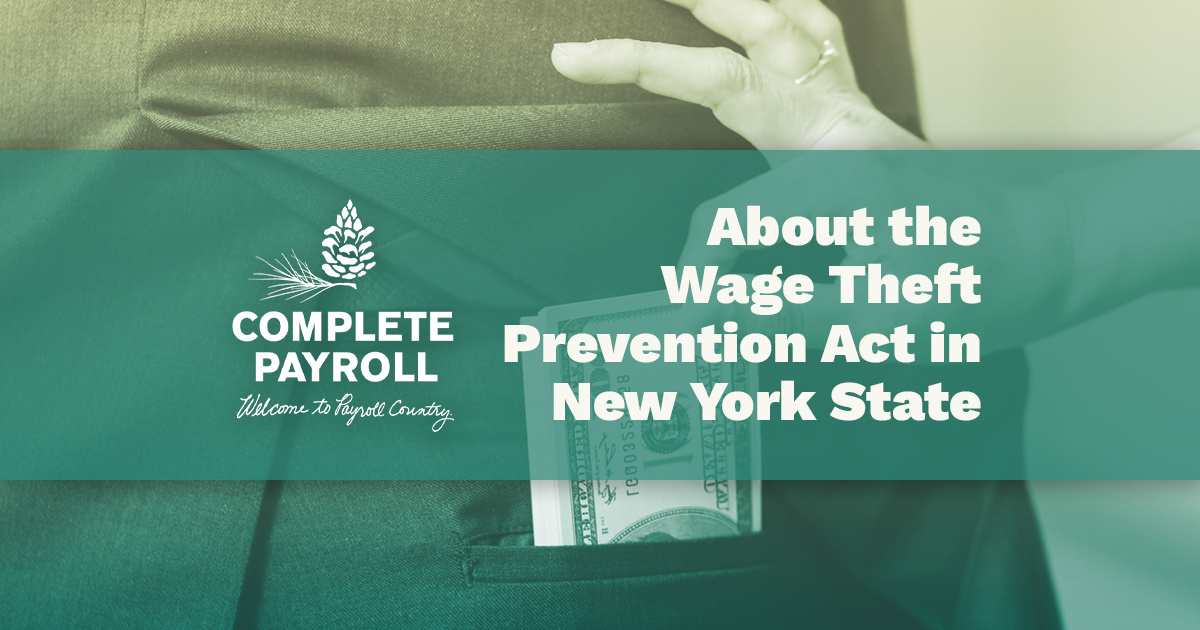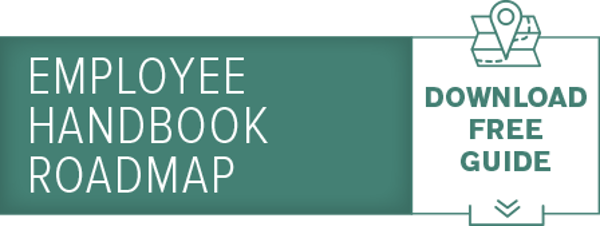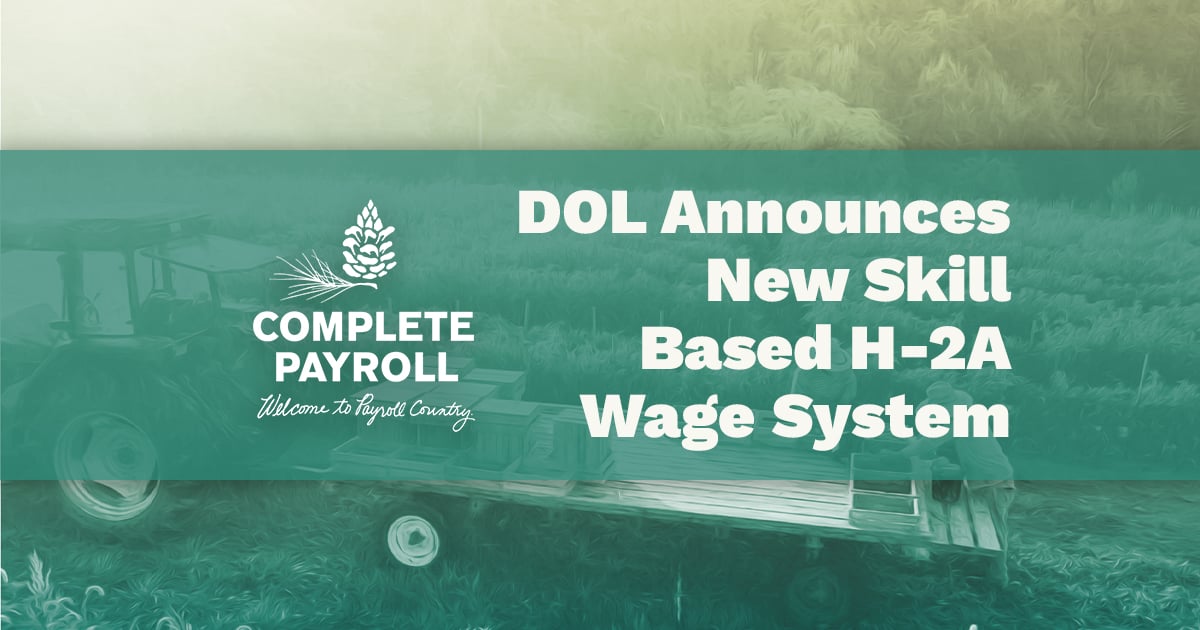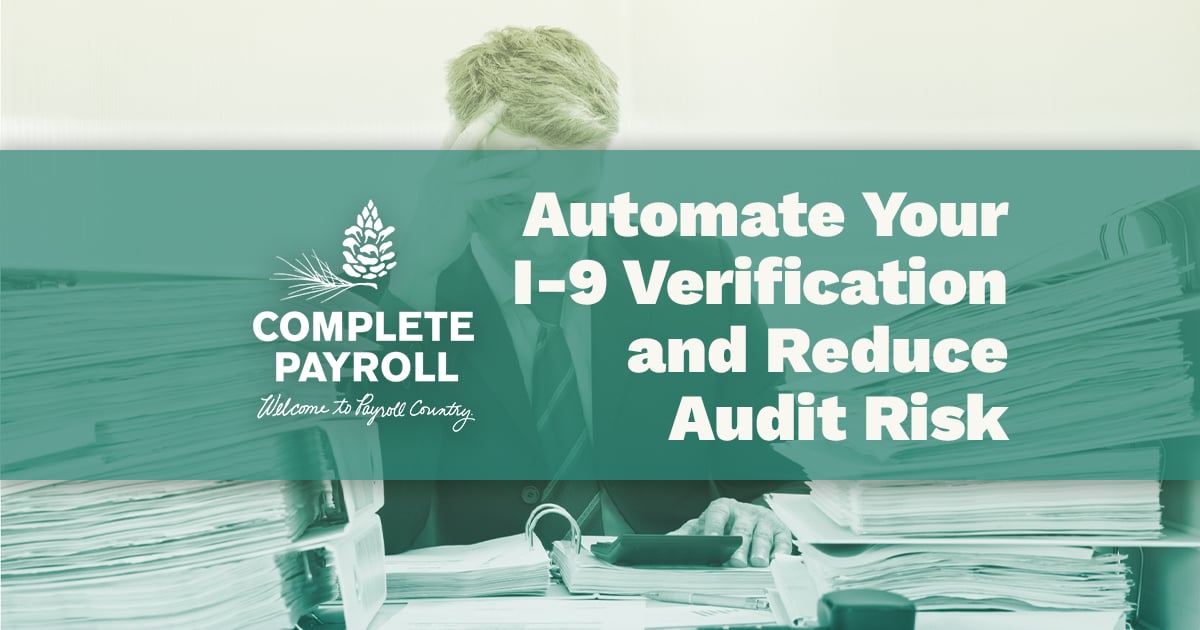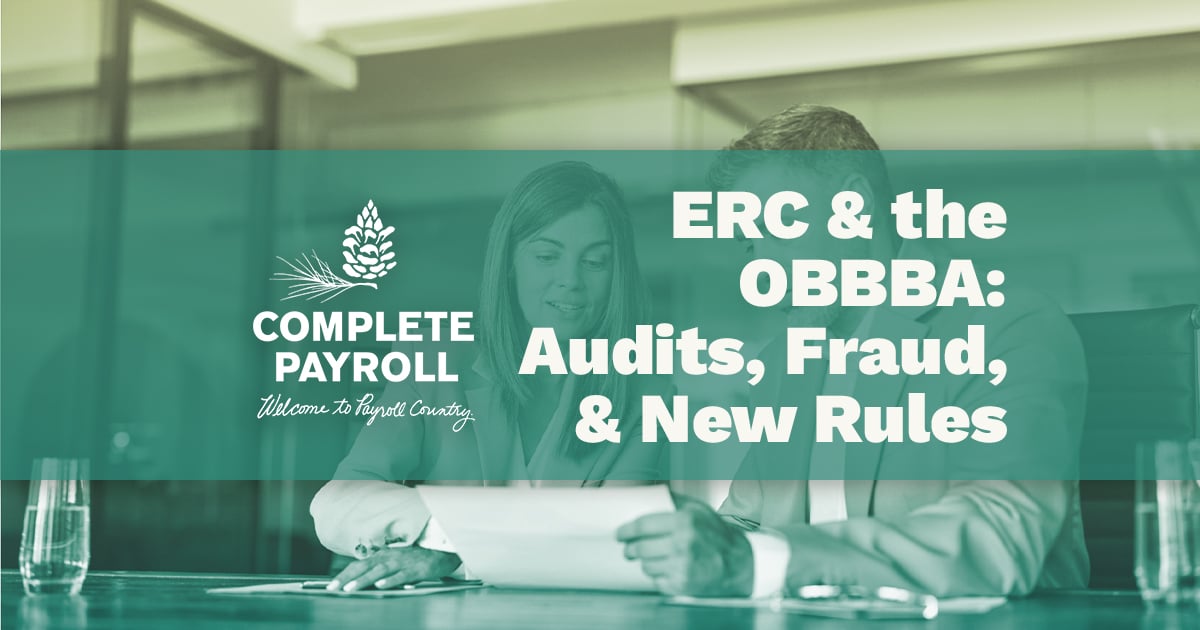Employee Onboarding
A quick, yet thorough snapshot of what employers need to know when hiring and onboarding new employees. Use the sidebar to jump ahead to specific sections. And find our Employee Onboarding Kit at the bottom of the page to seek additional help or get in touch with us.
Contents
- Introduction
- Verifying eligibility to work
- Withholding income taxes
- Setting up payroll systems
- Collecting Equal Opportunity data
- Collecting other personal information
- Explaining the job and pay
- Explaining policies, procedures, and codes of conduct
- Introducing people, places, and things
- Get help with employee onboarding
Introduction
You saw that you had a job that needed to be done at your place of business. You publicized the opening, sorted through the applicants, interviewed the top candidates, and finally made an offer. Good news: they accepted it! Now you just need to start getting your new employee up to speed as a valuable part of your business.
Right?
Sure. But before your new hire rolls up their sleeves to tackle their first project, you need to manage their onboarding. Onboarding isn’t the most exciting part of hiring someone. It involves a lot of paperwork, and each form comes with its own quirks and legal requirements.
But the stakes are high, and while forms don’t usually speak to people on a spiritual level, avoiding prosecution is an excellent motivator in its own way. So whether you’re assembling a checklist for a large HR department or a solopreneur hiring an employee for the first time, here’s a complete guide to onboarding new employees.
Verifying eligibility to work
If you are hiring an employee, it is the business's responsibility to ensure that the person in question is eligible to work in the United States. The form for this is the I-9.
Who is eligible?
There are several categories of people who are authorized to work in the US:
- Citizens
- Noncitizen nationals of the United States
- Lawful permanent residents
- Aliens authorized to work
You may not discriminate based on which of these categories an applicant belongs to. Any category is just as eligible for work as any other. The purpose of the I-9 form is to ascertain eligibility. Hiring someone who is ineligible to work is a huge no-no as far as the federal government concerned, so consider this process just another one of those actions you take to keep your business running safely and smoothly.
The new hire’s responsibilities when filling out the I-9 Form
Section 1:
The employee is responsible for filling out their name, address, date of birth, and Social Security number (if using E-Verify). For permanent residents, the form also requires their Alien Registration Number or USCIS Number. Authorized aliens will need to share their Alien Registration Number/USCIS Number, foreign passport number, or form I-94 admission number. They are also responsible for signing and dating the form.
There is a sample I-9 available in Spanish that can be used as a reference. Employees must still fill out the English language form, however, except in Puerto Rico.
Section 1 is due no later than the first day of employment.
Section 2:
Employees are also responsible for producing documentation that proves both their identity and their authorization to work. You can choose to present one document from List A, which provides proof of both identity and work authorization (a passport is the most common example), or one each from List B (identity) and List C (authorization). Within these guidelines, employees are freely able to pick which documents to use; employers may not specify which acceptable documents an employee must provide.
There are alternative documents that are acceptable for minors who do not yet have suitable forms of identification.
This documentation must be provided within three business days of beginning work. This means that, if your employee’s first day of work (including onboarding and training) is on Monday, these documents must be provided on or before Thursday. If they begin on a Thursday, the documents would be due on or before the following Tuesday.
Your responsibilities as an employer when filling out the I-9 Form
Section 1:
It is the employer’s responsibility to provide the proper forms and to look over Section 1 to make sure it was completed fully and properly before moving on to Section 2. It is illegal to ask an applicant to fill out Section 1 before they have accepted a job offer, so make sure you are tackling these tasks in the correct order.
Section 2:
Here it is the employer’s responsibility to examine the documents provided and determine to the best of your ability whether they are genuine. (You don’t need to be a detective, just look them over to the best of your ability.) On determining that they seem legitimate, you will fill out Section 2 with the relevant information from the document or documents yourself.
Keep in mind that you must examine the provided documents physically. Asking for photocopies or photographs is insufficient. For remote employees, you can hire an agent or notary public to fill out Section 2 on your behalf.
Section 3:
This section only applies to current employees with a change to their authorization (usually an extension) or to re-hiring employees within three years of the last time the I-9 was completed. It does not apply to onboarding brand, new employees.
Overall:
Although it is the employee’s responsibility to manage much of this process, any consequences for missed deadlines or incomplete forms come down on the employer. If your new employee fails to complete the necessary tasks on time, this is considered valid grounds for immediate termination.
Copies of every employee’s I-9 must be kept by an employer (either on paper or in electronic format) for at least three years from their hire date or at least one year after their termination date, whichever comes later.
Helpful Articles
Who Pays Payroll Taxes?
Withholding federal income taxes
Everyone in the US who works for a wage, salary, or stipend (including both citizens and noncitizens) pays federal income taxes. Independent contractors handle taxes on their own, and may ask a client to provide
Your responsibilities as an employer regarding W-4 forms
You are responsible for providing a W-4 for your employee to fill out, whether in electronic or paper format. You should also provide a copy of Notice 1392, Supplemental Form W-4 Instructions for Nonresident Aliens, to any employees who fall under that category. You may also want to direct employees to the IRS Withholding Calculator. Unlike the I-9, the W-4 can be completed in Spanish if this is more convenient for your employee.
Employees who take more allowances will generally see a higher refund, while employees who take fewer allowances will receive more money in their regular paycheck. It’s generally considered good practice for employees to fill out the form to resemble their actual owed taxes as closely as possible, neither under- nor overestimating the amount of taxes to be owed. Under normal circumstances, though, you cannot dictate your employee’s choices regarding their tax withholding. It is a good practice to inform them that they can be subject to a $500 fine if they are found to be withholding too little “with no reasonable basis.”
If your
W-4 forms must be kept by the employer for four years, even if an employee fills out a new one in the interim.
Unusual circumstances with W-4 forms.
There are a few situations in which your responsibilities regarding W-4 forms might be different.
Exemptions
Some employees who earn lower wages are exempt from the need to have federal income taxes withheld from their paycheck. These are people
Lock-In Letters
If the IRS determines that an employee has been withholding far too little without a good reason, they may send you a lock-in letter, requiring you to withhold taxes at a certain rate even if the employee’s W-4 indicates they would prefer to withhold a lower amount. (You are free to follow their W-4 if it requests withholding more than the lock-in letter requires.) If you allow employees to change their withholding amounts electronically, you will need to lock your employee out of this system. Employees with a lock-in in effect will need to call the IRS directly if they would like to change their withholding based on a change in circumstances, such as marriage or the birth of a child.
Invalid W-4s
If an employee changes the W-4 (such as crossing out the wording indicating that the information is true) or tells you that the information on it is false (not the smartest move ever, but it has happened), you need to tell the employee that the form is invalid and that they should fill out a new one. If the client refuses to do so, treat it as though they have no form, and withhold as though they were single and childless.
Helpful Articles
Withholding state and local taxes
Every state handles this a little differently. Some states, like South Dakota and New Hampshire, have no state income taxes at all. If you operate out of one of these states, you can ignore this entire section, because your responsibility in this area is to do nothing at all, so sit back and enjoy your extra fifteen minutes of free time.
Other states have income tax rates ranging from lower than 3% to higher than 13%. Many states also tie local or regional taxes into the same system, which is why you’ll sometimes hear the acronym SALT, for “state and local taxes.” Each state operates its own system, and covering the paperwork for each of them is beyond the scope of this document.
If you’re in New York state (hello, neighbor!), state income taxes are withheld using the IT-2104 form. Luckily, it’s a simple form, which you can have your employee fill out at the same time as their W-4. In most cases, all you need to do is check off Box B and send it off to the Department of Taxation and Finance.
Setting up payroll systems
There are still some businesses that operate primarily with paper checks. These days, though, many employees appreciate the option to participate in direct deposit instead. This frees them from the hassle of going to a bank or check cashing establishment and gives them the ability to have their money go straight into a particular account.
Assembling direct deposit forms
There is no mandated form for direct deposit, so most businesses either end up making their own or using a template that works for them. Luckily, all direct deposit forms require the same information. The first part is the authorization, giving you permission to deposit money directly into their account.
The second part is the detailed explanation of where that money will go. What amount or percentage will go into any given account, the account, and routing numbers, etc. For employees who don’t do much electronic banking, you can encourage them to bring a voided check with them, which will have both of those numbers for the associated checking account.
Regarding payment systems
You, as an employer, can decline to offer direct deposit and require that all of your employees receive a paper paycheck. (They may not love it, but you’re within your rights to do so.) What you’re not allowed to do is require all your employees to sign up for the direct deposit.
Why? Some people are not able to open a bank account due to past credit history. Still, others have had bad experiences with banking and choose not to work with them. Whether by necessity or choice, around 7% of Americans have no access to banking services.
And even among those employees who bank, not all may feel comfortable giving a person they’ve just met even limited access to those accounts. It doesn’t matter whether you consider your office “paperless,” you are still required to provide a check to those who prefer it.
Systems for managing cash
Please don’t pay your employees in cash. Even if you track your expenses religiously, it looks suspicious and is likely to land you in a giant pile of auditors.
If you are hiring employees who are likely to receive cash tips, you will need to decide in advance how those are paid out and distributed. Don’t wait until after a server or hairstylist has worked for you for a week before informing them about how a significant chunk of their income will be managed.
Helpful Articles
Collecting Equal Opportunity data
If you have 100 or more employees, you are required to record information regarding their race, ethnicity, and gender, alongside their job categories. This is to help detect discriminatory practices that might otherwise have gone unnoticed. While the EEO-1 Survey only needs to be completed annually, it’s best to collect the data on hiring. If you have fewer than 100 employees but are likely to grow to 100+ within a year, this is something you’ll need to plan to collect in the near future.
Helpful Articles
Collecting other personal information
There is no single guideline or requirement for collecting personal information on employees, but doing so is certainly useful. This could include:
- Identifying information, such as the employee’s full legal name and social security number
. Health and safety information, including serious allergies, physician, required medical accommodations, and emergency contact information. Job information, like their title and pay rate or salary.
Depending on your industry, there might
Creating a specialized form for this will ensure you don’t forget to collect any key data on your new hires.
The benefits of employee background checks
Employers who conduct background screening greatly reduce the risk of employee theft, fraud and embezzlement. Background screening may reveal past criminal behavior and save your company thousands of dollars by helping you prevent a bad hire. Additionally, it is important that you protect your employees and clients from sex and violent offenders. Background screening sends a message to your employees, vendors, and clients that you are serious about safety.
Explaining the job and pay
Your new hire should have been given information about the position and the pay rate more generally throughout the application process but then quite specifically when they received an offer letter. Still, it makes sense to go over this written information for two reasons. One is to make sure that both the job description and the pay are 100% clear to the employee. The other is because some of this information is required by law.
Creating a job description
A good job description will obviously vary from one position to another, but should definitely include the following things:
- The functions of the job, which can either be process-oriented (speak with clients on the phone and update their contact information in Excel) or product-oriented (keep all client information up-to-date).
- Reporting relationships. This should include both
whom the employee reports to, and who reports to the employee. - The schedule or expected hours for the job. Depending on the role, this could be a strict 8-5 with a mandatory one hour lunch at noon, a vague preference for around 45 hours a week, or a statement that the hours are irrelevant so long as the assignments turned in, which typically requires around 20 hours weekly.
- FLSA status, meaning whether the employee is considered exempt or non-exempt.
- The requirements for the job, including skills, credentials, and physical abilities.
Creating a wage notice
In New York State, employers are legally required to provide a wage notice to all new employees in both English and the employee’s primary language. This notice must include
- Pay rates, including overtime
- How
payment is calculated: Hourly? Daily? On commission? - The payment schedule, such as the 7th of every month, or every other Friday.
- The official name of the employer and any other names the business uses.
- The contact information for the employer, including phone number and
main address. - Any allowances were taken as part of the minimum wage, which may include tips, meals
and lodging deductions
Even if you’re not required by law to provide this information, it’s a good practice that can save you from having to look up a lot of information regarding wages each time an employee has a question.
Helpful Articles
Explaining policies, procedures, and codes of conduct
While there are many parts of training and orientation that can wait for a while, the basic rules for the workplace are not among them. Not only do you not want employees inadvertently breaking rules in their first few weeks, but providing straightforward expectations right away also helps put new employees at ease. It’s challenging enough just trying to absorb new names and new job responsibilities without trying to decipher unspoken behavioral requirements.
Creating an employee handbook
If you have an employee handbook, this should be the go-to source of information. If you haven’t assembled one yet (and many small but growing businesses put off this step for far too long), consider creating one sooner rather than later. If you’re at 10 employees, a handbook becomes a key document for your business to have. At 50, you’ll want to have your handbook reviewed by an employment lawyer to make sure you’re hitting all the right notes.
If you’re feeling hesitant, there are templates available to help guide you through the process. But keep in mind that an employee handbook can make more challenging aspects of managing a business, like a
Helpful Articles
Introducing people, places, and things
After all that paperwork, this is the fun part of onboarding! Introductions should include:
- People: The folks they’ll see on a regular basis, but especially teammates, direct reports, and any support staff they should know. Don’t forget about key employees at other locations who work remotely
.
Places : The grand tour. Where will the employee be working? Where is their supervisor located? Where are the exits, the bathrooms, the break room, the employee parking spots? Where’s the nearest coffee or fast food place? Whatever seems pertinent.
- Things: The equipment they’ll be working with, ID cards, supplies, etc. This also includes digital “things,” like passwords and software.
While this whirlwind introduction takes place as part of the onboarding process, it will generally take weeks or months for new employees to truly understand the lay of the land. It’s worth it to consider assigning a mentor to your new hire, someone who isn’t their boss but can answer their questions and provide guidance over the longer term.
Helpful Articles
Get help with employee onboarding
What does this all mean?
Mostly paperwork. A lot of paperwork. Luckily, you don’t have to create or even gather all these forms on your own. Our free, downloadable NYS Employee Onboarding Kit has what you need to get started. And if you need more hands-on help, Complete Payroll is your friendly neighbor HR expert. Get in touch to see how we can help you get your next employee set up for success.
Bahar Uttam
I have been working with Lacy Smart and her team for the last few years. I have been impressed by her responsiveness, accuracy, and high level of providing client satisfaction. She and her team are a wonderful testament to the organization!
Bonnie Deneef
I have worked with a few different payroll providers during my career. Complete Payroll is absolutely, by far, the most proficient and customer service-oriented provider I have been privileged to work with. Lindsay Ezard goes above and beyond to assist me with any question I may have. Thank You Lindsay!
Cathy Pace
Finger Lakes Wrestling Club Inc
We were referred to Complete Payroll years ago by a board member and haven't looked back since. When I first started working with them, I knew nothing about payroll. My first rep Lacey, and now JoAnn, are great to work with. Working with Complete Payroll has just been a wonderful all-around experience for me.
Christina Wagar
Dr. Christopher Mozrall
Complete Payroll is a great payroll company, and we love our CSR! She always has the answers to my questions without hesitation. There is very little (if any) wait time to get a call back.
Colleen Koll
The first suggestion I made after I joined Shear Ego was that if they were not yet using Complete Payroll, they should be. We continue to be impressed and happy with the quality and friendliness of service, and the excellent newsletters and up-to-date information on all things payroll and HR.
Debbie Klymkow
We moved to Complete Payroll about 3 years ago. It was seamless and working with Lacy Smart on Mondays is a breeze.
Dick Eakins
Norco Farms
Complete Payroll fits my budget, I never get bounced around between customer service reps, and it's very easy to enter my payroll. I simply take a photo of my payroll sheet and email it to my rep. There's never a problem! With them, it's business done, and business done right.
Don Cunningham
Complete Payroll Processing provided an easy transition from internal payroll processing. With payroll as their core competency, CP has the expertise to help mitigate errors and ease the burden of annual updates. Comprehensive reporting gives all the details needed and an organization can operate with an added piece of mind knowing that the payroll service is taken care of.
Eileen Reeves
After nearly 10 years, we are receiving the same or better service than when we started. The ability to reach our dedicated customer service representative in a timely manner is huge when there are deadlines in play. Requests for unique reports and integration with our other vendors has been handled without hesitation. We truly feel a partnership with Complete Payroll.
Emily Wyse
I just love Lindsay! She does an awesome job! She is very responsive and I like that she teaches me how to find things rather than just doing it for me.
Howard Clarke
H Clarke Services
We have been with Complete Payroll for quite awhile now and plan on staying. Thanks!
Watch Howard's Testimonial
John Worth
We have been well served by Complete Payroll. When we have needed support, it was given both in payroll and other employee matters, like handbooks.
Kelly Stephenson (former)
We have been using Complete Payroll for over five years and have found them to be responsive, professional, friendly, and cost effective. Customer service is best judged when something goes wrong. Complete Payroll is always there immediately to help fix the issue. Complete Payroll is a payroll partner, not just a payroll service.
Paul Cronk
I've been very pleased with the service and responsiveness of my CSR, and CP's continued dedication to provide us with all the tools we need to have a successful payroll and HR experience. You are always available when I have a question and always make sure that any problems that arise are worked through to my satisfaction.
Teresa Jackson
We have been customers for many years. Evolution Software is easy to use but, more importantly, Cindy is an email away and her knowledgeable, efficient, and quick to replies to our questions are appreciated. We're very happy with Complete Payroll.
Tina Canali
Complete Payroll is always there if we have a problem or need something special! Their response time is AWESOME!
Denni Harbaugh
My CSR, Andi Dimmick, is The Bomb! She's always friendly, cheery, and with all her clients, makes me feel like she has carved time out for ME. Her customer service is AWESOME, and the personal touch means so much!
Elvira Aletta
Everyone I talk to at CP is friendly and tries to help. If they don't have a ready answer, that's OK. They take the time to find one. Website is user friendly, too. The actual operation of payroll is dependable and reliable.
Peter Varlan
Things go quite smoothly and I have a very good rep: Megan!
Cindy Van Buren
Great customer support and service!
Lisa Lyons
Attica Auto Supply Inc
Friendly, answered all my questions, and never felt hurried.
Bonnie DeNeef
LeeAnn was just wonderful to work with.
Jackie Agusta
Lee Anne is a wonderful trainer. Concise and clear. A pleasure!!
Jennifer Pauly
The program has met our needs! Actually exceeded them!
Sue Budd
Great products, great people and no problems!
Gail Stowe
Stowe Potato Sales
Love working with Complete Payroll, especially with Joann Gaedeke. She is amazing! Very thorough and accurate; takes the pressure from me! Love it!
Nancy Miller
N&G Broadway Inc
Very friendly staff, and you are always on top of the services you offer.
Chris Smith
I appreciate updates that Complete Payroll provides. Site is easy to navigate. Our rep, Karla, is so accommodating and friendly. We appreciate her also. So happy we made the switch to Complete Payroll!
Frances Sweeney
The service that we have received has been EXCELLENT and I can't say enough about Lindsay Ezard's patience and support. Everyone that I have had contact with is professional, knowledgeable, and personable. I have received many calls from your competitors wanting to talk to us but I tell them I am very happy with our service!
Lora Miller
Great company to work with. Wonderful people; knowledgeable, helpful, and friendly!
Helen Cunningham
Customer Service and payroll representatives are excellent!
Sally Kovatch
The program works very well for our company. We like the virtual payroll option and our Account Representative, Ashley, is always very responsive and helpful!
Teri Peters
For 11+ years, Andrea Dimmick has been our CSR. She is extremely competent, helpful, responsive. Evolution portal, once trained, is easy to use and again, if we ever run into an issue, Andrea walks us right through. I would highly recommend... and have!
Nicole Begin
Love working with CPP. They have made life so much simpler for me.
Mary Sutter
I have worked with two other payroll companies and Complete Payroll has been the best in payroll custom packages and customer support! The payroll reports are readable with larger font when printed and program is user friendly.
Laura Lane
The customer service is beyond compare!
Barbie Gozelski
LeRoy Country Club
When I need something, you always help. You're easy to get ahold of; you DON’T put me on hold! I get to email or talk to a real person (Lindsay) and she's always consistent.
Nancy Miller
N&G Broadway Inc
Very friendly staff, and you are always on top of the services you offer!
Patricia Gilbertson
CPP has resources that consistently monitor payroll regulations at all levels that ensures compliance. This is a great boon for a small business with limited personnel.
Elizabeth Barefoot
I have recommended Complete Payroll to my clients for years. You have the best customer service of any payroll company I deal with. I know that mistakes will happen on occasion, but Complete Payroll really works to resolve issues promptly.
Kris Dussmann
We are a Complete Payroll customer and have been very happy with our relationship. We have had no problem referring CPP to our business owner clients.
Margaret Urlacher
Pittsford Realty Corp
Customer Service is awesome! Love Andrea 😀
Liz Maher
Our payroll specialist, Ashlee Adams, is extremely knowledgeable, helpful and quick to respond to all questions and concerns. She has alleviated many stressful situations for our company and is a true pleasure to work with! Thank you Ashlee!
Marybeth Simoneit
Friendly employees, lots of resources.
Kathy Cassetta
You have the best employees working for you. They are professional and a delight to work with!
Joe Czerny
Service reps are so helpful and always available. Andrea is the best!
Mark Logan
I love our CSR Megan. She makes my life so easy. I used to be with one of your competitors and the CSR there treated me like a number. Megan treats me like she is part of my team.
Patty Dugan
Any time I need anything we always have a prompt response from you.
Kris Dussmann
We are a Complete Payroll customer and have been very happy with our relationship. We have had no problem referring CPP to our business owner clients.
Debbie Blacklock
Fantastic service! Friendly helpful staff. Your company was and is the most sourced not only with payroll needs but also with the update and verbal connection with your clients when it came to the COVID-19 PPP. Believe me when I tell you, I had less help from my bank or my Accountant! Thank you!
Recent Articles from the Blog
We're constantly publishing content about payroll, human resources or anything related to managing your people.
Subscribe to Our Newsletter
Twice a month we share relevant and timely blog articles and other resources. No solicitations. No funny business. Just quality stuff to help employers.















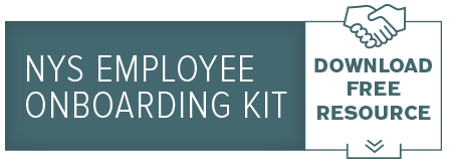
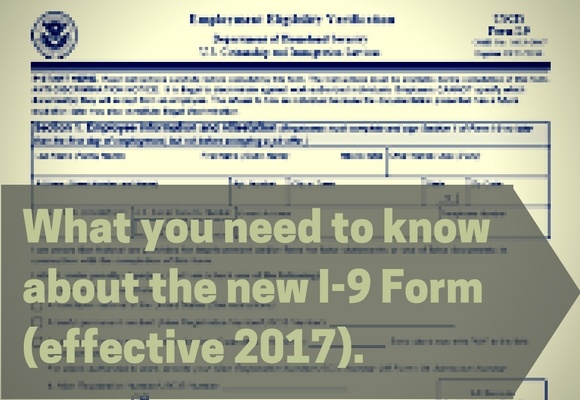





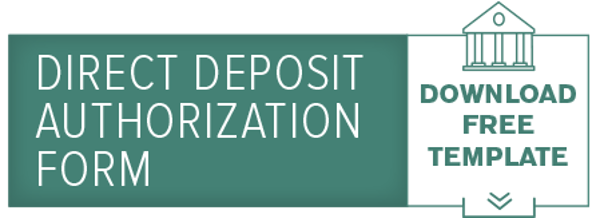






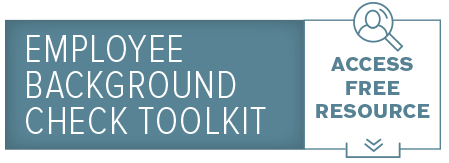
.png)

